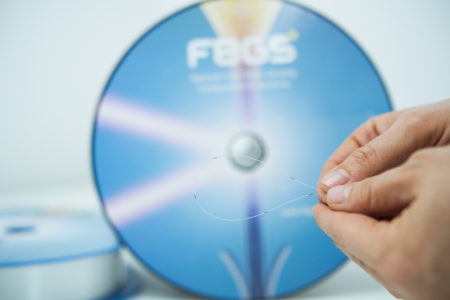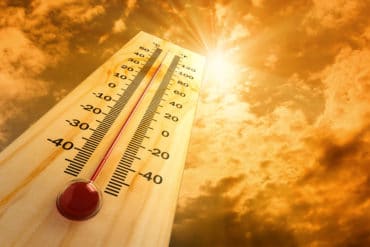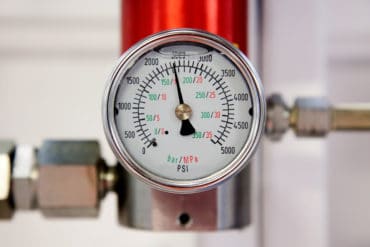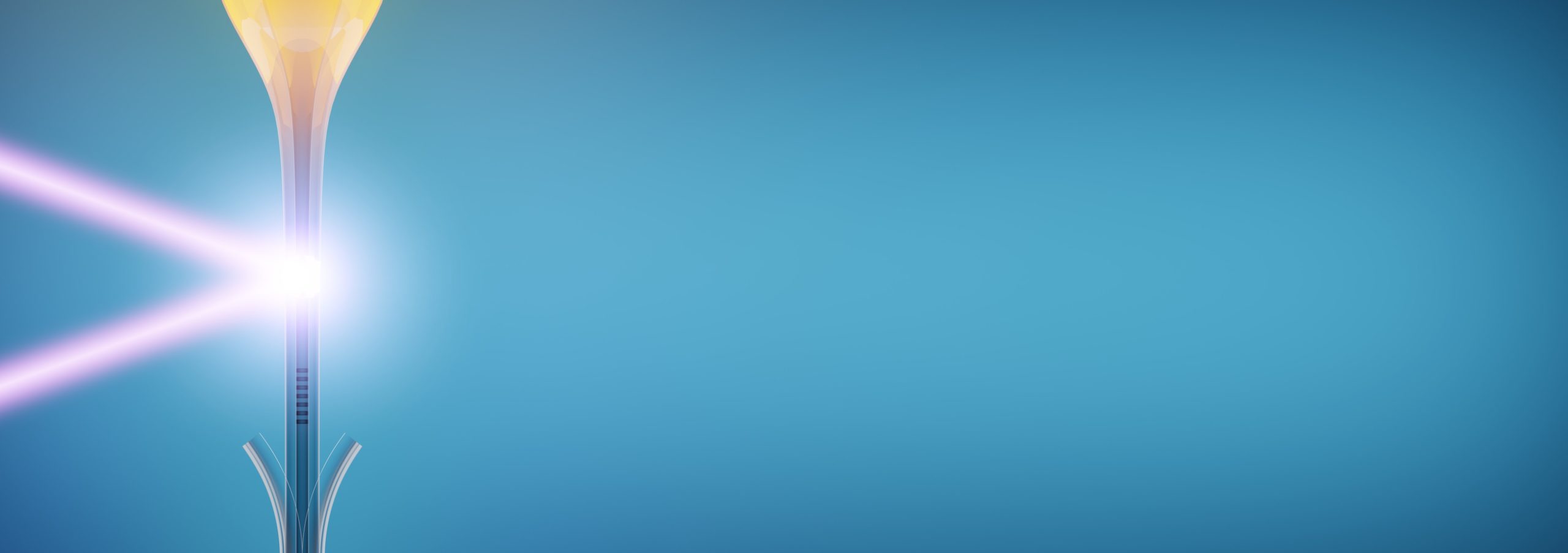The All Grating Fiber (AGF®) is an optical fiber containing densely spaced low reflective (R<0.1%) Draw Tower Gratings (DTG®s). The spatial separation from center to center can be as small as 10mm and the FBG length can be chosen such that more than 95% of the fiber contains gratings. The fiber is designed to be used with an OFDR (optical frequency domain reflectometry) system that allows for fast and precise measurements over a wide strain or temperature range with spatial resolution down to a few mm over the entire fiber length.
The Low Bend Loss fiber LBL-1550-125 has a cladding diameter of 125µm and is optimized for operation in the 1550nm wavelength window. The glass composition has also been tuned so that the fiber maintains a good signal transmission under small bending diameters.
The Low Attenuation Loss fiber LAL-1550-125 has a cladding diameter of 125µm and is optimized for operation in the 1550nm wavelength window. The glass composition has also been tuned so that the fiber gives a good compromise between signal transmission under small bending diameters and attenuation.
The Low Bend Loss fiber LBL-1550-80 has a cladding diameter of 80µm and is optimized for operation in the 1550nm wavelength window. The glass composition has also been tuned so that the fiber maintains a good signal transmission under small bending diameters.
| Parameter | AGF-LBL-1550-125 | AGF-LAL-1550 | AGF-LBL-1550-80 |
| Reflectivity (for grating length of 8mm) | < 0.1% | ||
| Centre wavelength | 1510–1590 nm | ||
| Absolute wavelength accuracy1 | ≤ 0.5 nm | ||
| DTG® length | 2–10 mm | ||
| Attenuation @ 1550 nm | < 8.6 dB/km | < 1 dB/km | < 8.6 dB/km |
| Mode Field Diameter (MFD) @ 1550 nm | 6 μm (typical) | 7.8 μm (typical) | 6 μm (typical) |
| Numerical Aperture (NA) | 0.26 (typical) | 0.14 (typical) | 0.26 (typical) |
| Cladding diameter | 125 μm ± 1 μm | 80 μm ± 1 μm | |
| Coating type2 | ORMOCER®/ORMOCER®-T / One layer Acrylate | ||
| Coated fibre diameter | 195 μm (typical) | 120 μm (typical) | |
| Tensile load at break3 | > 50 N (corresponds to > 5% strain) | > 20 N (corresponds to > 5% strain) | |
| Temperature sensitivity4 (formula Δλ/(λ ⋅ ΔT)) | 6.5 K-1 ⋅ 10-6 (typical) | ||
| Strain sensitivity1 (formula: Δλ/(λ ⋅ Δε)) | 7.8 με-1 ⋅ 10-7 (typical) | ||
| Operational temperature range5 | -200–200°C for ORMOCER® -20–200°C for ORMOCER®-T -20–90°C for One layer Acrylate |
||
1 measured at room temperature
2 Ormocer® is mainly applied for strain measurements while Ormocer®-T is recommended for temperature measurements.
3 According to IEC-60793-1-31 using a constant displacement of 30mm/minute.
4 measured between 0°C and 70°C
5 temperature range is dependent on exposure time








